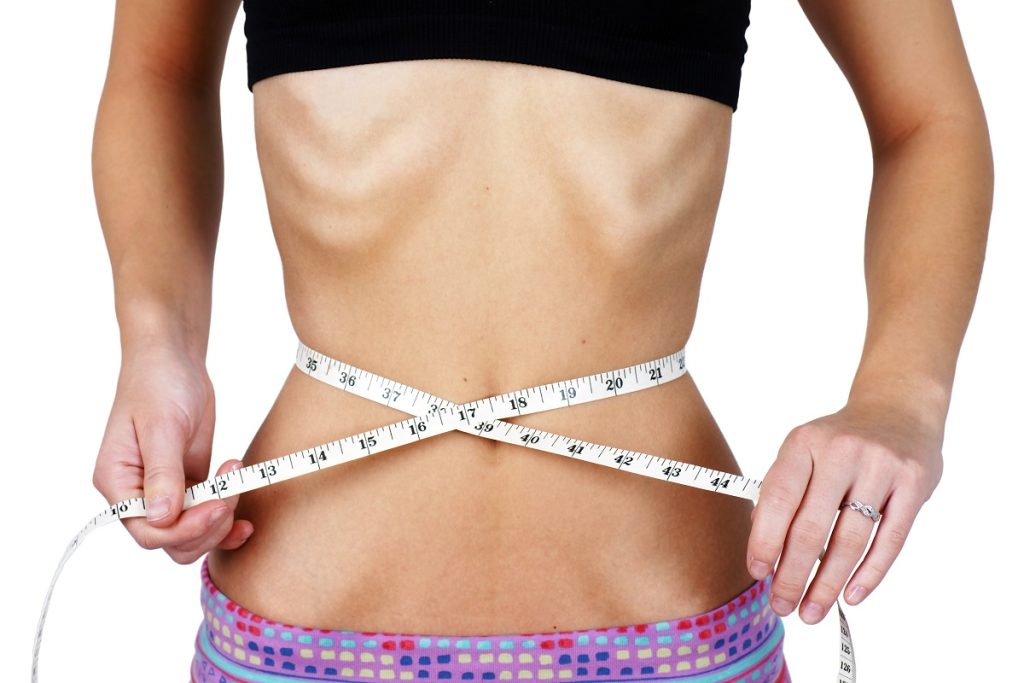- Malnutrition, causing severe health outcomes, affects women more than men due to societal, biological, and economic factors.
- Gender norms, lifecycle characteristics, economic disadvantage, and food security escalate women’s susceptibility to malnutrition.
- Gender norms increase women’s physical workload, leaving little time for self-care and access to nutritious food.
- Women’s nutritional needs vary, particularly during pregnancy and lactation, making them more vulnerable to malnutrition.
- IV drips, nutritional education, and food assistance programs are viable solutions for addressing malnutrition in women.
Malnutrition is a major public health problem; globally, women are more susceptible to malnutrition than men. Malnutrition can lead to severe long-term health outcomes, including reduced physical and cognitive growth, reproductive dysfunction, and increased mortality rates. Women’s susceptibility to malnutrition is primarily due to societal, biological, and economic factors. Here’s what you need to know about malnutrition, why it affects women more, and how to deal with it.
What is Malnutrition?
Malnutrition is a condition where the body does not have enough nutrition to function properly. This can be due to an inadequate diet, poor absorption of nutrients from food, or increased metabolic demands that the available nutrient intake cannot meet. Malnutrition can cause short-term and long-term health problems, ranging from stunted physical and cognitive development in children to increased adult mortality rates. Malnutrition can also lead to problems such as anemia, stunted growth, and weakened immune systems in adults.
Why Do Women Suffer More from Malnutrition?
Women are more susceptible to malnutrition than men due to various factors. Here are some of them:
Gender Norms
Gender norms dictate that women have primary responsibilities for family care and household work. Women in rural areas and developing countries must walk long distances to fetch water and firewood, for instance, increasing their physical workload and decreasing their time on income-generating activities or personal self-care.
This situation can make women more vulnerable to malnutrition as they have limited access to nutritious food. Meanwhile, men do not face such levels of domestic burden, allowing them to take advantage of various opportunities for income generation and obtaining food.
Lifecycle Characteristics
Women’s lifecycle characteristics, including pregnancy and lactation, impact their dietary needs more than men’s. Pregnant and lactating women have higher nutrient requirements. If these requirements are not met, they are more vulnerable to malnutrition, increasing the risk of undernourishment, anemia, and other micronutrient deficiencies. Men do not experience such changes in nutritional requirements, so they are less vulnerable to malnutrition.
Economic Disadvantage

Globally, women have less access to education, employment, and income-generating activities than men. They are also likely to get less pay than men. This economic disadvantage can increase the likelihood of malnutrition and limit access to essential services and resources, such as health care, nutrition education, and nutritious food. Women also tend to have less decision-making power in households, limiting their ability to influence food selection, type, and quantity. Conversely, men generally have better access to these resources and are less likely to experience malnutrition.
Food Security
Food security is also a significant contributor to malnutrition in women. Undernutrition rates typically increase during food shortages and natural disasters, primarily because households may face reductions in food access and supply. Women, especially those living in poverty, may bear the brunt of these food shortages since they tend to have lower-calorie intakes than men. Women also strongly prioritize the diet quality of their families, increasing their children’s nutritional intake at the expense of their own dietary needs.
Dealing With Malnutrition
Thankfully, there are various ways to deal with malnutrition. Here are three of those ways:
IV Drip
For women experiencing severe malnutrition, intravenous (IV) nutrition can help restore their nutritional levels. IV nutrition involves delivering nutrients directly to the body via an IV drip. This supplementation method is especially beneficial for women who cannot absorb nutrients from food due to digestive issues or other medical conditions. There are now affordable IV therapy for women who need it. It’s also a great way to avoid the common side effects associated with taking oral supplements.
Nutritional Education

Raising awareness about malnutrition and its consequences is essential to reduce the prevalence of malnutrition in women. Nutritional education can be used to educate women about their dietary needs during pregnancy, lactation, and beyond. It can also help them to make more informed choices regarding the type and quantity of food they consume, enabling them to meet their nutritional requirements better.
Food Assistance Programs
Food assistance programs are also invaluable in combating malnutrition in women. These initiatives may involve providing nutritionally-balanced foods to pregnant and breastfeeding women or distributing fortified staples to vulnerable populations. Governments and non-governmental organizations can work together to create these programs, including nutrition and health education for women.
Malnutrition is a significant public health issue that affects women more than men due to gender norms and food security issues. Women need access to adequate nutrition to live healthy lives. Taking advantage of IV drip, nutritional education, and food assistance, programs can significantly impact women’s lives and help reduce malnutrition.






